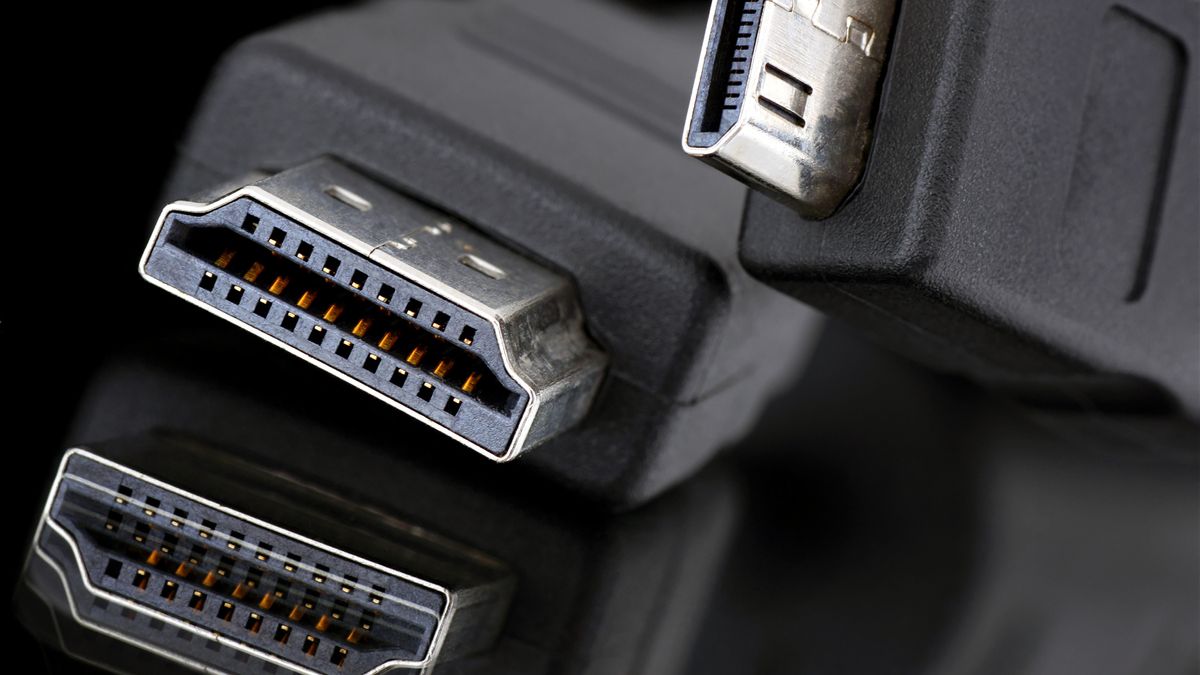China launches HDMI and DisplayPort alternative — GPMI boasts up to 192 Gbps bandwidth, 480W power delivery
-
Graphics cards only come with one HDMI port though. The LG OLED is popular for 4k screens because it ticks all the boxes and is much cheaper than equivalent gaming monitors, but that means it doesn't support dp.
And it means that you have to upgrade the graphics card just for the cable even if it is still relatively new. The point is that we shouldn't be held back by just a cable .
Graphics cards come with as many ports as the manufacturer wants them to. My home PC's GPU has two HDMI and two MiniDisplayPort. Also, there are cheap lossless adapters that will convert between MiniDisplayPort, DisplayPort, HDMI, DVI, etc, etc.
-
the GPMI cable comes in two flavors — a Type-B that seems to have a proprietary connector and a Type-C that is compatible with the USB-C standard
I actually copied this from the article to come here to the comments and have a whinge about all the different USB-C standards, and here you are explaining the reason why.
The whole point of USB-C is that it's a standardised connector that allows anyone to shoehorn their own protocol down it if they want using Alt Mode. Moreover, they can do that without breaking compatibility with other USB-C - or even just specific features - if one of the devices doesn't speak their crazy-ass moon protocols. This is a benefit of USB-C, not a failing.
-
It does! If there's a good alternative it can be proposed, or that's what I read here on Lemmy
Also, one of the reasons the EU waited for USB-C is that it specifically supports Alt Mode, which allows non-USB-standard protocols - like this new video connector thing - to be encapsulated within it.
-
I wonder what the use case is for 480W though. Gigantic 80" screens generally draw something like 120W. If you're going bigger than that, I would think the mounting/installation would require enough hardware and labor that running out a normal outlet/receptacle would be trivial.
Sound for an 80" screen? Not for home systems.
-
SFP? You mean the every device has slots to plug in different transceiver modules? I guess that would make it more future proof, but I think that will raise the cost, and might confuse ordinary people.
You have to think about the slot-transceiver compatibility and transceiver-medium compatibility then. Hmm... but I guess that would make it more transparent what is going on than having those chips embedded inside the cables, but not sure if we can leave them out, and require the end users to take care of thinking of all these compatibilities themselves or risk fire hazards.
yeah, I guess tvs and receivers would come with active optical cables to make it simpler, but the main thing is that optical is much cheaper and faster than copper once you get the economies of scale down on the transceivers. 1 terabit over 100km, down a cable thinner than a USB cable, is no problem with the right lasers.
Plenty of cheap optical HDMI cables out there, but they have compatibility issues. It would be so much easier with standard mmf mpo or SMF lc cables.
apalrd did review a unique product recently that embeds a mmf transceiver into the existing HDMI for factor, though.
-
Not really that impressive since it seems to be about four times as wide as USB-C
So is HDMI? Smaller connectors aren't always better, and it's not like it's SCART size or something.
-
its super nice to plug a laptop into a screen and have the cable double as a charging cable for the laptop
Yeah, agreed. But 480 watts‽
-
System shared this topic on
-
To quote the article:
a Type-B that seems to have a proprietary connector and a Type-C that is compatible with the USB-C standard.
So its half proprietary. No thanks!
Half-owned by a Chinese company is wholly owned by the CCP
-
System shared this topic on
-
A full PC, no, but a set top box definitely yes. And a set top box is plenty of computing power for a thin client, think workstations for accountants.
Why accountants specifically?
-
A full PC, no, but a set top box definitely yes. And a set top box is plenty of computing power for a thin client, think workstations for accountants.
Is it bidirectional then, like USB-C?



